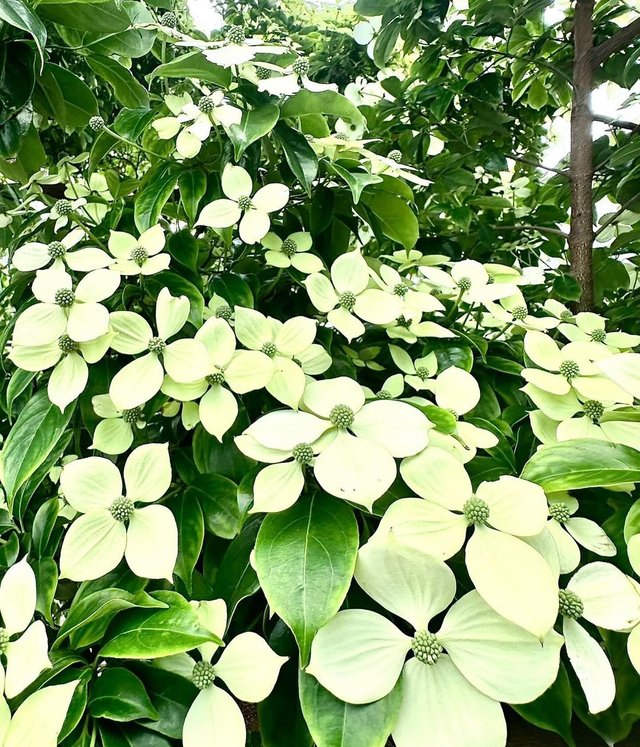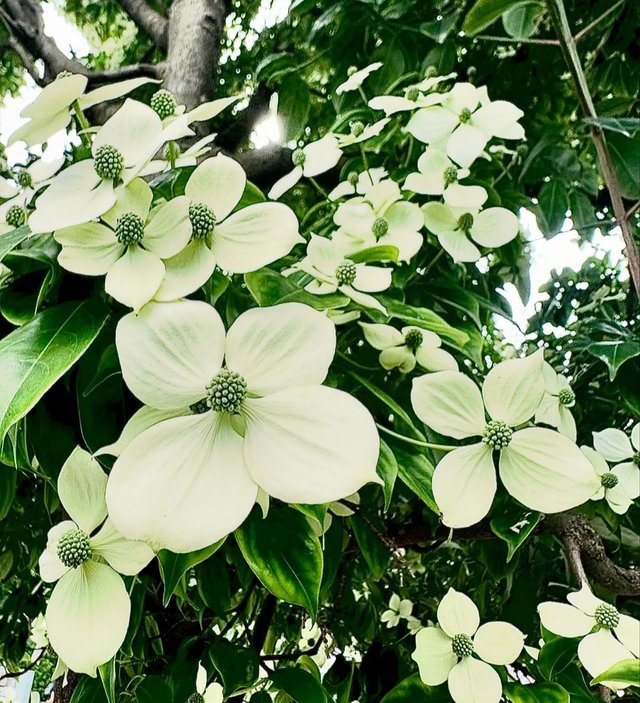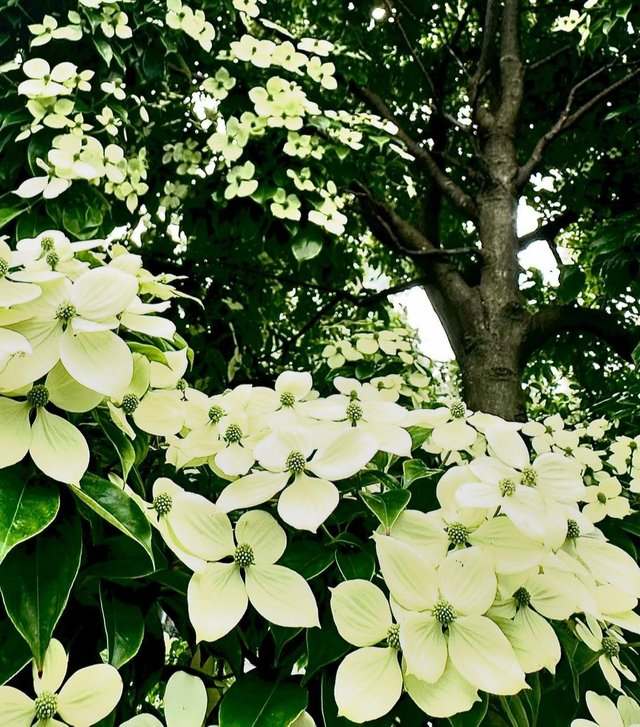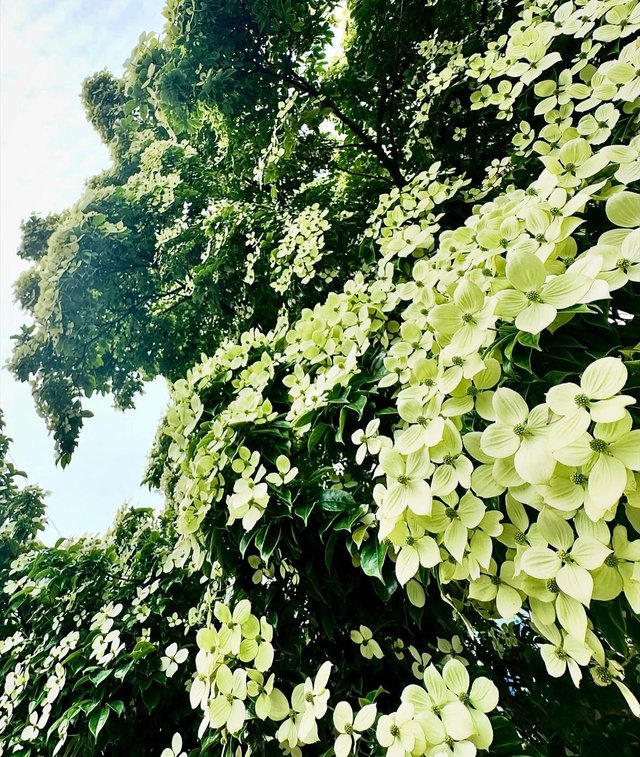Beautiful Kousa Dogwood Flower
The Kousa Dogwood: An Exquisite Addition to Gardens and Landscapes
The Kousa Dogwood, also known as the Japanese or Chinese Dogwood, is a deciduous tree native to East Asia, particularly Japan, Korea, and China. This tree is celebrated for its striking beauty, especially when in full bloom, and its robust adaptability to various environmental conditions. Whether you are a seasoned gardener or a novice looking to enhance your landscape, the Kousa Dogwood is an excellent choice for adding year-round interest and elegance to your garden.
Botanical Characteristics
Appearance
The Kousa Dogwood is a small to medium-sized tree, typically reaching heights of 15 to 30 feet with a similar spread. Its growth habit is usually upright and vase-shaped when young, maturing into a more rounded canopy. One of its most distinctive features is its layered, horizontal branching, which gives it a graceful, tiered appearance.
Leaves
The leaves of the Kousa Dogwood are ovate to elliptical, measuring about 2 to 4 inches long. They exhibit a rich green color during the growing season, turning a spectacular array of colors in the fall, ranging from deep red to purplish hues, adding to the tree's seasonal interest.
Flowers
The Kousa Dogwood is renowned for its showy, star-like flowers, which are actually composed of four petal-like bracts that surround the central cluster of true flowers. These bracts can be white to pink, and they appear in late spring to early summer, typically after the tree has leafed out, unlike the native flowering dogwood (Cornus florida), which blooms before the leaves emerge. The floral display can last several weeks, making it a highlight of the garden during this period.
Fruits
Following the flowering period, the Kousa Dogwood produces small, round, berry-like fruits that resemble raspberries. These fruits are a bright red or pinkish color when ripe and are not only ornamental but also edible, with a sweet, custard-like flavor. They can be used in various culinary applications or left on the tree to attract birds and other wildlife.
Bark
As the tree matures, the bark of the Kousa Dogwood becomes one of its most attractive features. It exfoliates in patches, revealing a mosaic of tan, brown, and gray beneath, which provides visual interest even in the winter months when the tree is bare of leaves.




